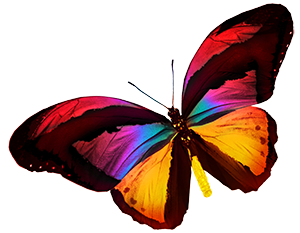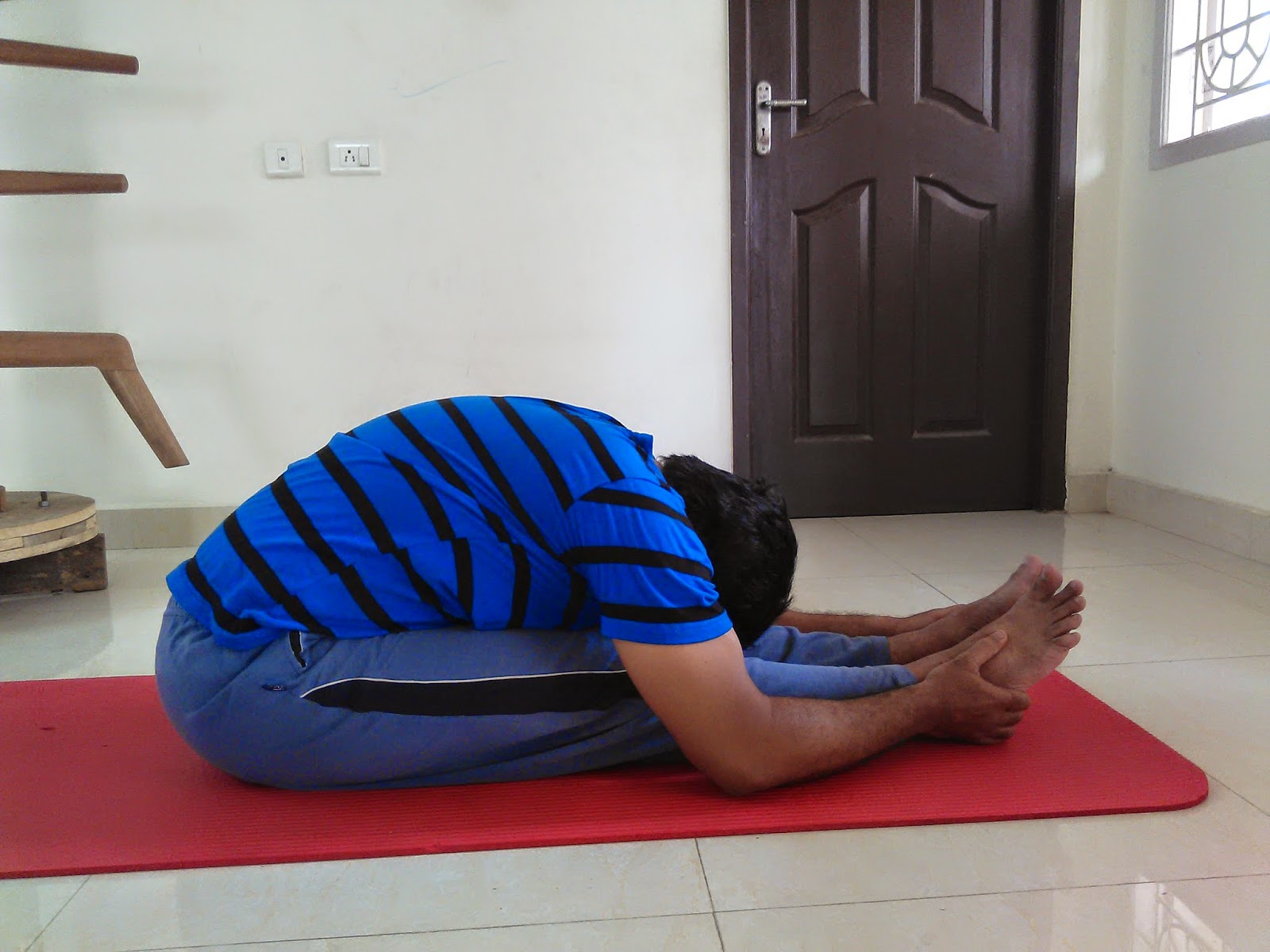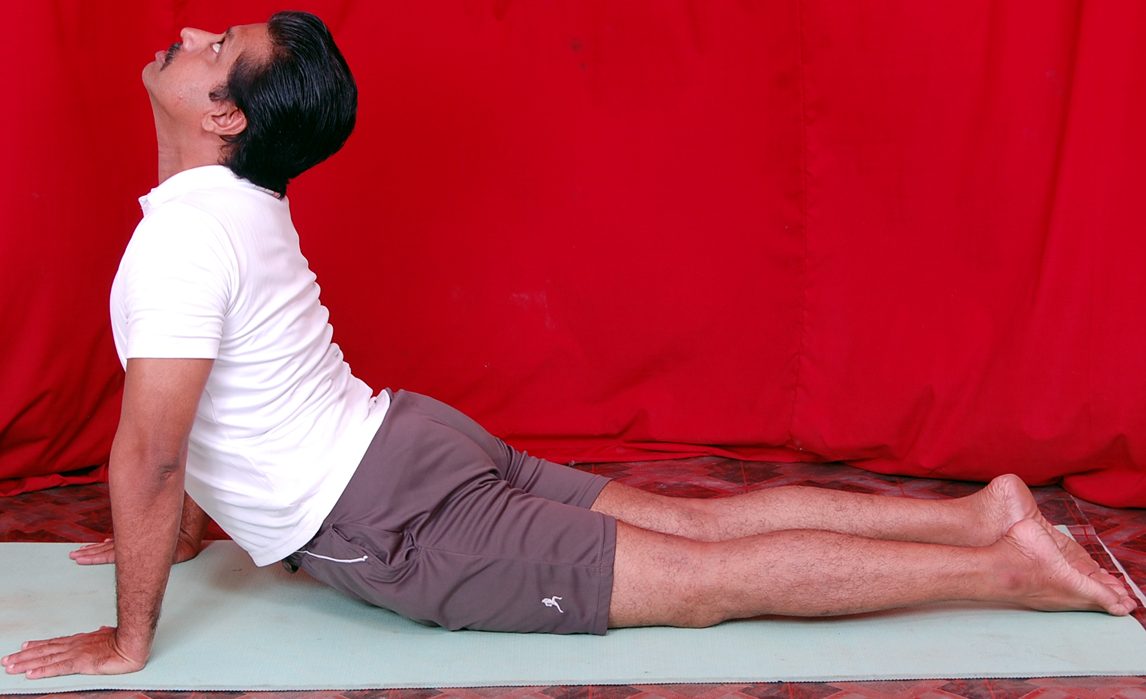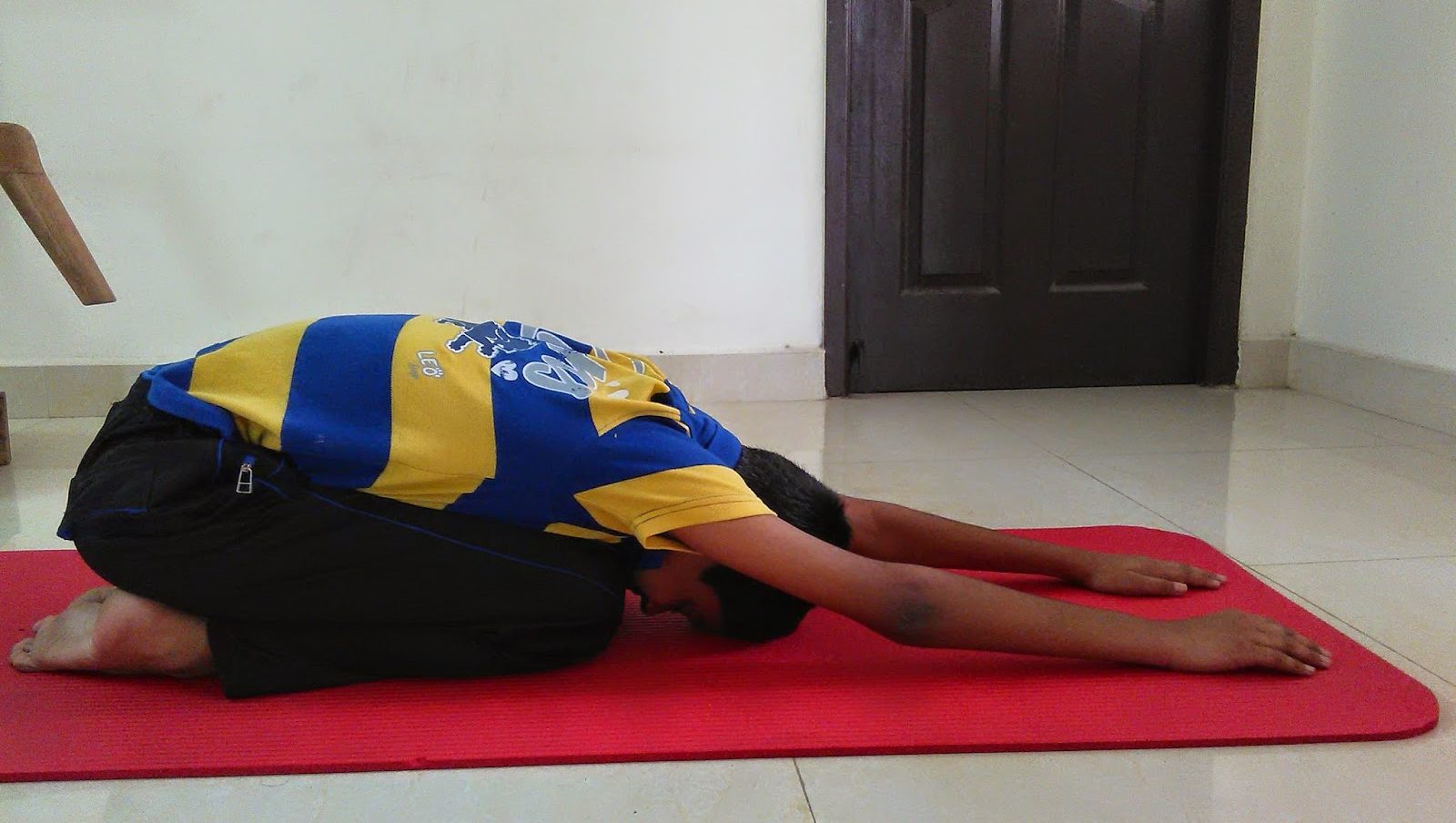The article explains how yoga helps children with autism based on studies.
Every child is unique . To understand what is going on in a child's world, we need to switch our minds to child mode. This is even more important when we interact with autistic children. Right from their language to their approach, everything is unique and should be treated with respect and understanding.
Various studies have proved the efficacy of yoga for autism. This post talks about how yoga benefits autistic children and how it promotes calm, balance and emotional well being.
Autism Spectrum Disorder (ASD) is a developmental condition that affects communication, social interaction, and behavior of the child with autism. While there is no cure for autism, supportive practices like yoga therapy are showing promising results in helping individuals lead calmer and more balanced lives. Yoga is a holistic practice combining movement, stillness, breathwork, mindfulness, and relaxation, all of which can benefit individuals on the autism spectrum in multiple ways.
Scientifically Backed Benefits of Yoga for Autism
Various studies conducted over the years have proved yoga to be an effective treatment for improving the symptoms of those with autism.
1) Reduces Anxiety and Promotes Calmness
A 2018 study published in Complementary Therapies in Medicine proved yoga sessions to aid in reducing anxiety and improving sleep in teenagers with autism.
2) Supports Emotional and Behavioral Regulation
A school-based study in Journal of Child and Family Studies showed that regular yoga practice helped reduce hyperactivity, aggression, and social withdrawal in children with ASD.
3) Develops Motor Skills and Body Awareness
According to Autism Research and Treatment (2011), yoga helps children improve their balance, flexibility, and coordination, which are all essential for daily functioning.
4) Supports Sensory Integration
Yoga provides controlled sensory input—like deep pressure through poses and calming through slow breathing. This helps to regulate the sensory system, often overwhelmed in individuals with ASD.
Why is Yoga Effective for Individuals With Autism?
Predictable Structure: Familiar routines create a sense of safety, which is vital for autistic persons.
Nonverbal Practice: Being a non-verbal practice, both non-verbal or semi-verbal individuals with autism gain comfort from practicing yoga poses.
Improved Focus: Mindfulness improves attention and reduces distractions.
Self-Awareness: Enhances proprioception (understanding body in space).
Emotional Balance: Breathing and guided relaxation support self-soothing.
Yoga for Autism
Here is a list of yoga poses for autism based on studies.
1) Mountain Pose
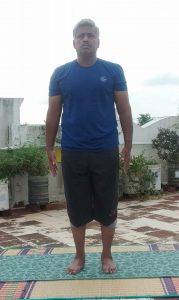
Mountain Pose promotes balance, stability and helps with sensory regulation.
Visit this page for Mountain Pose benefits and directions on how to perform the pose.
2) Tree Pose
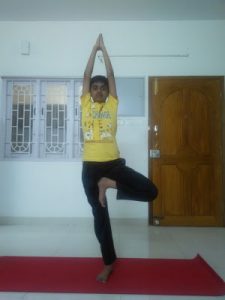
Tree Pose promotes balance.
Visit this page for Tree Pose benefits and instructions on how to do Tree Pose.
3) Seated Forward Bend
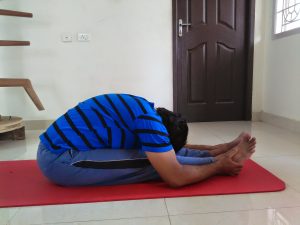
Seated Forward Bend promotes calm and improves focus.
Visit this page for Seated Forward Bend pose benefits and directions on how to perform the pose.
4) Bound Angle Pose
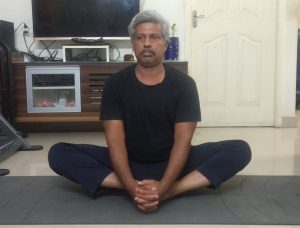
Bound Angle Pose strengthens hips. The pose also promotes mental calmness.
Visit this page for Bound Angle Pose benefits and instructions on how to do Bound Angle Pose.
5) Cat - Cow Pose
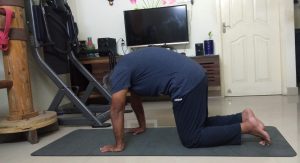
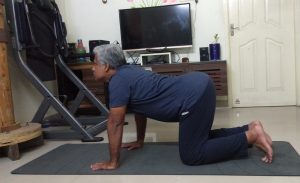
Cat-Cow sequence promotes calmness. This sequence also improves body-mind co-ordination.
Visit this page for Cat Pose benefits and instructions.
Visit this page for benefits of Cow Pose and directions on how to perform the pose.
6) Cobra Pose
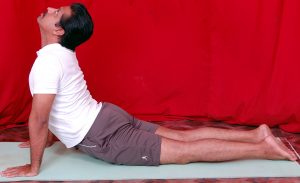
Cobra Pose promotes calmness. This pose is also effective in boosting immunity.
Visit this page for Cobra Pose benefits and instructions.
7) Child Pose
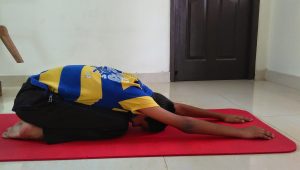
Child Pose strengthens knees. The pose relieves anxiety and promotes calmness. Child Pose is also effective for insomnia.
Check this post for Child Pose benefits and instructions.
8) Bridge Pose
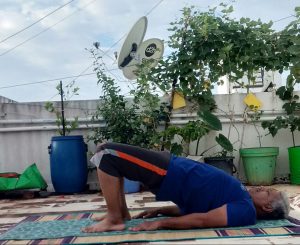
Bridge Pose improves communication skills and creativity. The pose helps to relieve headache and fatigue in legs.
Visit this page for Bridge Pose benefits and instructions.
Parent Tips for Practicing Yoga at Home
Create a calm, safe space with minimal distractions.
Use visual cards or story-based yoga to guide the session.
Practice at the same time each day to build comfort through routine.
Keep sessions short and positive. The duration of sessions can be for about 5–15 minutes.
Celebrate small wins without pressure.
Working With ProfessionalsSome children benefit greatly from yoga therapy with certified instructors who specialize in special needs. They can customize poses and breathing exercises based on the child’s sensory profile, behavior patterns, and developmental goals.:
Yoga is not a cure, but it is a powerful tool to enhance the quality of life for individuals with autism. By fostering calm, improving motor skills, and building emotional resilience, yoga opens up new ways to connect—with themselves and the world around them. With patience, consistency, and love, yoga can become a joyful part of your child’s journey.

Rama Thamizharasu
Welcome. I am a yoga therapist, Reiki healer, SEO consultant, freelance writer and translator. We welcome you to visit our other site and YouTube channels.
https://voiceofapet.blogspot.com/
https://www.youtube.com/@PetsDiaryPages
https://www.youtube.com/@letnaturelive1 .
